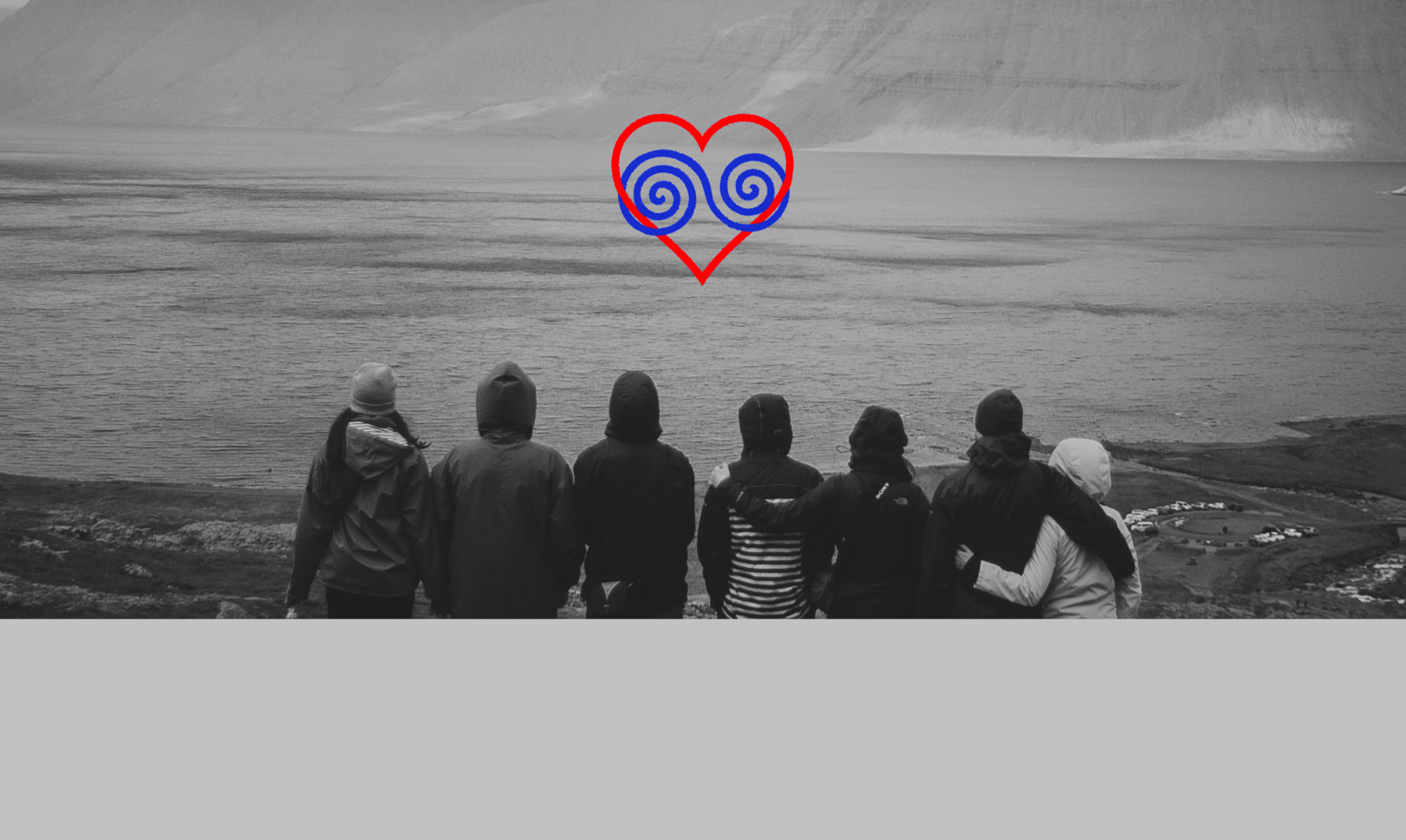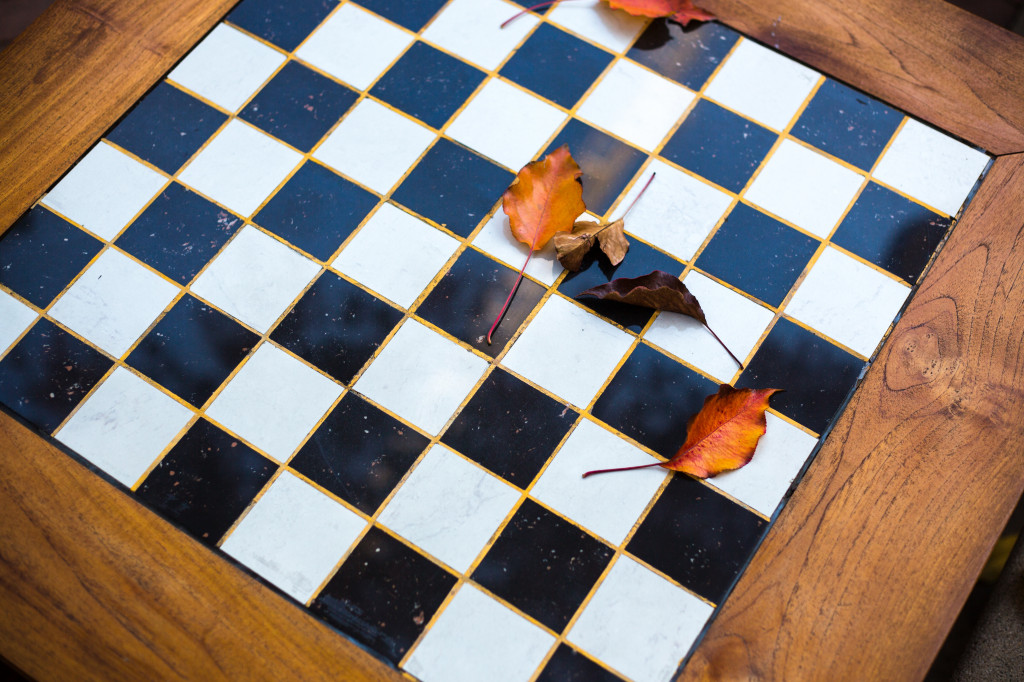Multi-Speed-Europe
The German-French friendship is legendary. Actually, it is more than that: It’s a true partnership.
And it’s been around for a while now. Although that was not so obvious in the beginning; nobody would have dared to predict that back then.
For those who knew France and Germany in that era remembered that there had often been conflict in the air and differences were regularly emphasised.
All this, even though they had always been neighbours and almost lived next door to each other.
But then, when the idea of the (European) community was born, there were almost no holding back any longer: Enough of the calamities of the past! A lavish party was celebrated, which many remembered for a long time – Germany and France moved closer together.
So close that they were soon jointly referred to by friends and critics as the “engine”, so synchronously were they connected in their mutual progress. That was not always easy for the rest of the world: France and Germany, sometimes almost like symbiotic twins, were eager to prove to the others that their alliance was a successful role-model.
Germany and France – they often set the pace that the others should follow: exemplary – for a life in the community.
Nevertheless, it was not always easy with each other. So much time together: There were also periods of divergence, real disagreements, even temporary unilateral actions.
But the whole thing worked in the long run. That good that one day a refreshing breeze was taken in and it was decided:
Opening up and extension! (to a European “Union“…)
Austria had been able to
observe France and Germany in their splendid community for quite some
time. But in such a kind of community Austria had seen no real gain
for itself. Off course, similarities and closeness had been around
long enough, though. Especially with Germany … – beautiful and
less beautiful memories from not too long ago.
But he opening up
as a Union was now the chance for Austria to move closer
“officially”. Not for old times sake, but because of this “fresh
breeze”, which was blowing through the whole new arrangement
(the united Europe…). And especially with Germany, closeness and
great similarity were quickly restored.
This was not always an
easy time for France to see Germany and Austria so familiar again
side by side. Fears arose to be manoeuvred into an (Atlantic) offside
position and to take the back-seat in the emerging relationship. And
accordingly debates became noisy and severe when all struggled for a
mutual understanding and a “mutual we”.
But despite all the
initial uncertainty and the scepticism of some doubters, the new
relationship-model as a (European) union succeed, because what
everyone had to offer and which now was merged, was greater and
substantially more than the sum of the individual parts.
France
e.g. recognised itself in many things in respect to Austria: the
holidays, the country life with its strengths and weaknesses – and
of course a taste for good and plentiful food.
Now it could happen
that it was even Germany, which was overruled by the interests of its
partners – and it took the proud country quite a moment to come to
terms with that…
A new overall dynamic emerged: a partnership,
yes, a community of equally-entitled and
equally-supported.
Unconventional in any case – but visionary
and fit for the future.
Austria, France and Germany became
stronger partners: for themselves, for each other and also to the
outside world.
And as it was decided with the new mode of
relationship as a Union that it should continue as planned: Open to
possible expansion and to the things that might happen along the way.
So one day Croatia joined, encouraged and attracted by the other participants.
Initial attraction was immediately present, as Croatia shared the desire to travel with Germany, the passion for the mountains with Austria and with France the ancient art of viticulture. Moreover, a certain closeness with Austria had been in place ever since.
Nevertheless, it is not easy for Croatia to always find its way in the already well-established alliance of the others: Everywhere Croatia is introduced as the “newcomer”, although it could certainly shine with its own achievements. Several affairs in this new Union are processed too fast for Croatia – and sometimes it feels reduced to a mere “junior partner”, although from the beginning equal rights were promised. And many things are difficult to understand at first – and the “old-timers” do not always take enough time for careful explanations.
But Croatia is now one of them – everyone agrees in that: It joined to stay. Even if that means a lot of work and adjustment for everyone again – watch out for different speeds of development, grow together and to have consideration for each other.

France is represented by
Vincent, who remained in Germany, strictly speaking in Bavaria, over
a decade ago after finishing his university degree to marry “his”
Karin there.
When those two opened their marriage a year and a
half ago, Max, an Austrian, joined in, whom Karin had long known as a
sales representative in her firm.
And now, barely two months ago,
these three met the Croatian Ivana at a three-day motorcycle
convention by the romantic Königsee.
And as the ball sometimes
bounces: In the course of an extended hut-evening somehow all caught
fire for each other that night…
Karin and Vincent combine the best of Germany and France: down-to-earth thinking mingles with Romanesque esprit to a good-humoured self-wit, with which the two have since mastered all the ups and downs of the common life. By the way, they also have two children, now 8 and 10 years old.
Until recently, both were just a little bit well-read about open relationship and Polyamory and once in a conversation they had – rather theoretically – stipulated “that such a kind of occurrence wouldn’t be impossible for the development of their further relationship…”.
Vincent, who himself owns an “eye for beautiful women” by his own admission, had also noticed around that time that a certain Max had been more to his Karin than just the “colleague in the field”. That was the moment in which Karin, a somewhat buoyant spirit ever since, came forward about an “advanced training course” with Max two weeks ago, which had not remained that firm-specific.
In the following mutual debate Vincent was surprised to find that he already knew Max as the extremely competent event-organiser “Crostini”, with which he had already attended two cooking classes – and whose social media barbecue-site he had eagerly followed for quite some time.
Now, however, followed a fairly “chilly phase” in the strained relationship of the three, which should have nothing to do with barbecue any more.
Almost a bit desperate it was Max in the end, who suddenly brought the topic “Polyamory” like a rescue anchor for himself on the table. And he was quite surprised to find out that the basic idea wasn’t such a novelty to Karin and Vincent at all.
Nine months and numerous deep conversations (mutual and paired) later, an amazing agreement was about to unfold: Vincent wanted to gain stability and trust, Karin wanted to “keep her menfolk” and Max, who was already travelling lightly for occupational reasons, got the chance to move in two blocks away from the couple into a small apartment.
With this day Max became more and more a permanent guest and finally something like a permanent resident in the house of our German-French family.
The children found this development the most exciting, because to them Max was a new fellow to romp and bolt around with – a role about which Vincent, who even called TV-soccer “cruellement”, always liked to give someone else the advantage.
In addition, the rather different working hours of the trio resulted in surprisingly favourable dynamics for the household and recreational activities as a whole, which was quite beneficial to the overall togetherness.
And one night, when everyone was at home coincidentally, “things happened” in Karin’s bedchamber with her and all the “menfolk”, which made Max and Vincent reconsider their own relationship to each other for some surprisingly unforeseen reasons…
Max, a thoroughly funny
but also very thoughtful Tyrolean, does not view himself as a
“happy-go-lucky-chap”. Admittedly, in the beginning he
wouldn’t have guessed where this “thing with Karin” would have
lead him to. But now the “whole bunch” has become quite
dear to his heart. Especially for the children, he is a mixture of
part-time dad and oldest brother – and he was almost taken by
surprise, with how much confidence he was literally overrun by the
kids.
He had always admired Karin for her great independence and
straightforwardness. To tell the truth after all, he really fell in
love with it one day and did not want to miss it anymore.
If only
he had known earlier about Vincent, this eager visitor of his
barbecue-courses. In that case he would have had arranged the
opportunity for a men’s talk in advance and would have avoided the
subsequent mess.
But blessedly they barely got that turn. Max has
to admit that Vincent can be quite impressive in his Gallic wrath.
But – Max also knows by now that Vincent has a totally romantic
side as well and an impish, lark-some charm, and not only Karin will
turn red from now on when thinking about it.
Well. And now Ivana. Hat way she would had hardly imagined her holiday in Germany. First of all that biker-meeting at the Königsee. “Hut Evening”, if anyone still speaks that word today, she gets this tingling sensation in the stomach again … After the last gig – in this heated mood of exuberant spirits and ingenious music Karin and she jumped each other like crazed voles , ignoring the the stunned men still in the same room, beer-bottle in hand. At some point Max almost carefully dared to venture into the fray – and in fact was welcomed. And Vincent? He just enjoyed the erotic “installation” that had suddenly sprung up in his bedroom.
Who had the crazy idea to invite the beautiful Croatian home to Landshut the next morning after just one wild night? Nobody knows that anymore. Only that Ivana dared to do it on the spur of the moment.
But everyone knows that the result was a totally harmonious, almost familial week which nobody could have ever arranged in advance.
And everybody knows that Max had suddenly activated one of his internet contacts, concerning some vacancy at the BRSO, and if there wasn’t an opening for Ivana somewhere… For Ivana is a talented but poorly paid cellist at the National Theater in Rijeka and maybe something could be wangled…
Ivana had to return to the Adriatic after 10 marvellous days.
But after a month she was back again, this time with a cello and a trolley suitcase full of black trouser suits … Karin, Vincent and Max listened breathtakingly and somewhat excitedly as Ivana negotiated a trial contract over the phone with a firework of rolling “r”s and her deep voice, thereby turning a volunteer offer into a proper engagement.
“GREAT! Ivana is staying and coming to the zoo with us!”, the children cheer, even before she manages to hang up the phone.
“The End” and credits,
fanfare and curtain?
On the contrary. Actually, all four are still
pretty much at the beginning of their journey together:
Karin
has found a friend in Ivana who makes her feel like she can finally
be herself there and as if she knows her already for a whole
lifetime. If it was up to her, she would finally have gathered by now
all the lovely people she had always longed for. Hopefully the others
will share her desire for genuine and close as well as lasting
togetherness…
Vincent is a bit worried because he
remembers the time when Max joined in, which was not easy for him and
almost brought his relationship to the edge of the abyss.
Although
Max has become an ingenious friend (and more) with whom he likes to
tinker about kettle-grills and smoking ovens – perfect confidence
is still not completely restored yet.
He also recognises that he
and Karin often set the pace concerning “the program” in
their home – but he and she are parents, and the concerns of the
children still have an important role – and compromises must be
considered so that the kids are able to receive stability and
care…
Max is deeply insecure inside because he feels
he just has to reinvent himself completely. He had thought to find
his haven with Karin and was willing under all circumstances to share
her life with Vincent at the side. Now this Ivana has caught him
completely – and for the first time he feels torn between two quite
different women. Max just does not know where to stand and longs for
Vincent’s French easiness. Maybe he should reveal himself to his best
friend and metamour, so that a mess can be prevented this time at the
outset. Max would like to finally settle down, actually he had hoped
it would become more quiet, rather than more turbulent…
Ivana
does not recognise herself anymore: A quarter of a year ago she did
not even know the word “multiple relationship”. What is it
– and is it possible at all? She has just developed feelings for
three people who are already starting to talk about whether they
shouldn’t move into a house together.
Ivana comes from a family
where she does not even know how to explain at home, what binds her
so intensely to these people. She is afraid – and part of her is
even ashamed in a strange way. Everything is new: Karin, love for a
woman, isn’t that mad? There’s Max, a decent guy – but sometimes
he’s a bit of a punk with his rustic approaches. And Vincent? Does he
really really like her? There are moments when she can still judge
him badly. Sometimes he seems to look at her almost fearfully…
Epilogue:
I have chosen the long introduction about the “governmental role models” of our protagonists to show that, as in Europe, there are always “many different speeds” active in relationship-processes. And as uniform as Europe appears on the outside as a Union – or our four heroes as a close-knit biker formation at a convention – their internal relationship can be rather different and diverse.
With my little and perhaps somewhat ideal story, which is by no means decided how it will turn out, I would like to suggest to ponder on the phenomenon of “different speeds in (multiple) relationships”.
And I wanted to show that it is important to keep in mind that these different speeds are always active in the actions and desires of different people, which is why, after moments of great harmony, situations of great differences and shifts can be experienced – especially in multiple relationships.
Oligoamorously I would finally like to say: The more the participants are interested in their “common Europe”, meaning their “common centre”, their “mutual we” in respect of the whole relationship, the better they will be able to recognise, consider and integrate these different speeds.
Talk to each other!
Svenja and Tobi: This is for you!
Thank you Marc Sendra Martorell on Unsplash.com for the great image.












